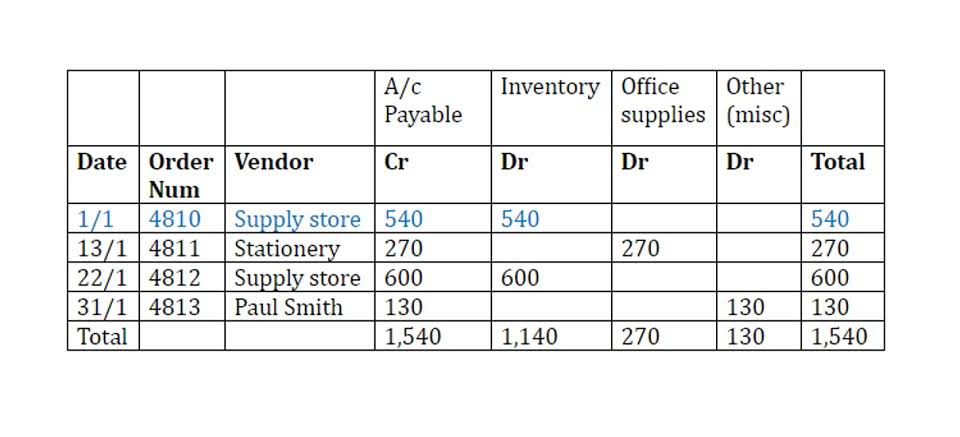
Though not literally cash, it’s money that can be easily and quickly accessed, which is why it’s “on hand.” Cash and cash equivalents are the most liquid current assets on a company’s balance sheet. Companies often hold cash and cash equivalents to pay short-term debt and hold capital in secure places for future use. For simplicity, the total value of cash on hand includes items with a similar nature to cash. If a company has cash or cash equivalents, the aggregate of these assets is always shown on the top line of the balance sheet.
Short-Term Investments vs. Long-Term Investments
However, both types of financial instruments are very similar and yield similarly low yields. In its third quarter 2024 condensed consolidated balance sheet, Apple Inc.(AAPL) reported $32.7 billion of cash and cash equivalents as of March 30, 2024. On Sept. 30, 2023, Apple Inc. had reported $30.0 billion of cash and cash equivalents. Companies with a healthy amount of cash and cash equivalents can reflect positively in their ability to meet their short-term debt obligations. Therefore, the balance of cash short and over is on debit or credit depends on whether it is shortage or overage. In case of shortage, the cash over and short is on debit and vice versa.
- Cash Over and Short reconciles what is in the cash drawer vs. what the cash register record says should be in the cash drawer.
- Companies use quick assets to compute certain financial ratios that indicate their liquidity and financial health.
- As mentioned above, the sales staff or cashier can give too much or too little change to the customer.
- Savings and checking accounts (cash) and money market accounts (cash equivalents) are often insured up to $250,000 by the FDIC.
- Cash and cash equivalents are the most liquid current assets on a company’s balance sheet.
Quick Assets

Petty cash is the money that a business or company keeps on hand to make small payments, purchases, and reimbursements. Either routine or unexpected, these are transactions for which writing a check or using a credit card is impractical or inconvenient. By having a petty cash cashier and a petty cash custodian, the dual-process helps to keep the funds secure and ensure that only those authorized have access to it.
How is the account Cash Short and Over used?
Fixed assets, also known as noncurrent assets, are expected to be in use for longer than one year. As a result, unlike current assets, fixed assets can undergo depreciation over time. Financial assets can is cash short and over an asset include stocks, corporate and government bonds, and other types of securities. Unlike fixed assets, they tend to be liquid, and they are valued according to their current price on the relevant market.

Another requirement for an item to be classified as a quick asset is that while converting it to cash, there should be minimal or no loss in value. In other words, a company shouldn’t incur a high cost when liquidating the asset. Kevin Johnston writes for Ameriprise Financial, the Rutgers University MBA Program and Evan Carmichael. This may take the form of physical cash (bills and coins) or digital cash (i.e. bank account balances). Because cryptocurrencies are not legal tender and not backed by governments or legal entities, U.S.
- If a business sells products and services to other large businesses, it’s likely to have a large number of accounts receivable.
- Current liabilities include accounts payable, short-term debt, dividends payable, notes payable, and current maturities of long-term debt.
- The English word “petty” derives from the French petit, which means “small” or “little.” Likewise, “petty” means minor or insignificant.
- Any discrepancy should be debited or credited to an account called Cash Over and Short.
- It is used in businesses that use cash in day-to-day operations, for example, retail stores and restaurants.
The cash over and short account

Because day trading can be so risky, investors who day trade have a lot to consider. “In addition to reading charts and monitoring news, a good day trader can also recognize opportunities from reading the tape,” says Yu. “The goal of a day trader is obviously to make money, but equally as important is to hang on to that money and not lose it.” If you have excess cash, using it to pay off higher-interest debt may be more advantageous than investing it in low-risk but low-return short-term investments. Companies should aim for a high quick ratio because it can help attract investors.

Day traders are in charge of monitoring their own portfolio, which gives them complete control over what they do with their investments. Investors who use this approach get to make decisions in real-time regarding the securities they wish to buy and sell, as well as how many transactions they wish to make. The hope is that in making these trades, you can capitalize on any gains the securities might have experienced during the day. Basically, this approach seeks to make use of any short-term price movements experienced by a stock or other security.
What Are Short-Term Assets?
Only when the fund is reimbursed, or when the end of the accounting period arrives, does the firm make an entry in the journal. As such, selling those resources would hurt the company’s ability to generate revenue and also indicate that its current activities aren’t creating adequate profits to cover its current liabilities. When calculating the ratio, the first thing you need to do is look for each component in the current liabilities and current assets section of the balance sheet.
